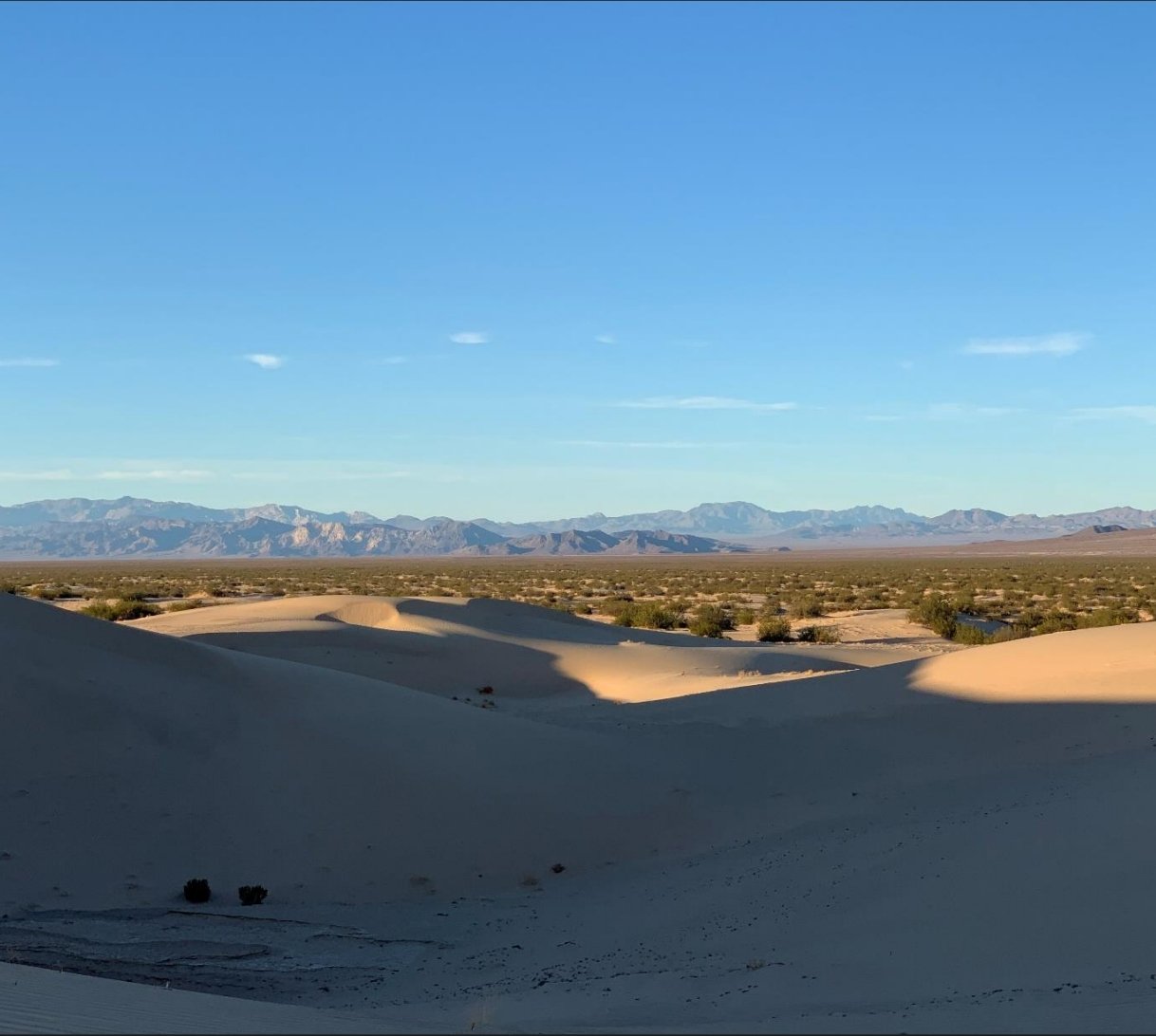
Mojave Trails National Monument
Socioeconomic Input Forum
Thank you for visiting the socioeconomic input website for the U.S. Department of the Interior, Bureau of Land Management (BLM) Mojave Trails National Monument (MTNM) Environmental Assessment (EA).
The Bureau of Land Management (BLM) Needles Field Office is preparing the Mojave Trails National Monument Management Plan/Environmental Assessment (MTNM MP/EA). Presidential Proclamation 9395 and the Federal Land Policy and Management Act require the BLM to develop a management plan for the Mojave Trails National Monument (Monument).
The management plan will focus on preserving and protecting the monument’s cultural, physical, biological, historic and scientific objects and values that are described in the Proclamation. The Monument planning area covers 1.6-million-acres in San Bernardino and Riverside counties and includes all public lands for which the BLM has the authority to make land use decisions. The proposed plan will amend the California Desert Conservation Area Plan, as necessary.
The BLM has collected available social and economic data to describe conditions and trends in the Monument and the surrounding communities. In support of this planning effort, the BLM is gathering socioeconomic input from interested parties through this website. The information collected through this website will provide a foundation for socioeconomic analysis during development of the MTNM EA. By providing information below, visitors can share local knowledge and their understanding of important economic and social issues, to help the BLM fully characterize existing conditions that are relevant to BLM management in the Monument.
General information about the MTNM is available at the BLM’s website for the MTNM Mojave Trails National Monument or you can visit the BLM MTNM EA ePlanning project site.
Photo of Mojave Trails National Monument taken by BLM.
MTNM Socioeconomic Outreach Questions
Please use the space below to provide information on social and/or economic concerns you feel are relevant to the MTNM planning process. Some examples of the kind of input that could information the process are included below, feel free to provide feedback on these issues or any related concerns:
Information on the changes to social or economic values, issues or concerns over the past 5-10 years that have impacted your community or organization’s relationship with BLM lands. Examples may include population and economic growth, Housing availability, Changes to recreational demand or types of use, Changes to rural lifestyle or way of life, employment and workforce development, transportation and public infrastructure improvements, etc.
Input on limitations or barriers that prevent access or involvement in public resources or processes for certain groups or individuals? Some Examples include cost of living and housing prices, lack of outreach and coordination, language barriers
Information on certain groups in your community who may be particularly impacted by the limitations or barriers on resource access or public involvement. Examples could include people with low income, tribal populations, people living with disabilities, minority populations
Input on how the current uses of BLM lands or resources affect your community and/or agency/organization. Examples could include providing economic opportunities, in impacts on natural, cultural, scenic, and/or recreational resources, influence on population growth/fluctuations, land use compatibility issues
Input on key factors the should BLM examine to determine the impacts of their action on your community, the local economy, and the regional economy? Examples could include potential impacts to employment and labor income, potential impacts to taxes collected and distributed, potential impacts to land use availability/accessibility constraints, potential for impacts to social values such as traditional cultural setting
Recommended data sources that the BLM should include in the economic analysis to give the BLM a better understanding of the impact of its actions upon the community(s) or organization/agency(s) you represent. Some examples include county Land Use Plans, state or local agency economic reports, data on key resources uses


